Barbara Morrison
Editor-in-chief
This part one of a series of articles on girls’ sports dynamics
At Westford Academy every sport excluding football has a highly competitive and often successful female counterpart to the men’s sports teams, a requirement of title IX. The girls’ sports are renowned; our Girls’ Cheerleading team is the division 1 State Champions, and our Girls’ Soccer team went all the way to the division finals last year, and the division semi-finals this fall.
Yet there is a less healthy and productive side to these teams. The relationships among players, whether friendly, exclusionary, or even vindictive, have become a problem that both coaches and student athletes in Westford and nation-wide are aware of.
“Girls do [worry about being friends off the court] and it affects what they do on the court,” said Russ Coward, former JV Girls’ Volleyball coach and current Varsity Girls’ Basketball coach.
Coward says that he sees the problem of poor dynamics as a given at any high school with a strong female athletic program. He said that he felt it was partly due to pressure to be the best- and for girls that means being a starter and a captain.
“For girls it is more important to start than it is to finish,” Coward said. “They [town and club teams] are so good at getting the girls to play but that means that the pressure… starts earlier.”
A senior athlete who prefers to remain anonymous agrees with Coward saying that, “the people who start are separate from those who don’t. There isn’t a lot of intermingling.”
Senior volleyball and basketball player, Lorriane Harhen, said that in girls’ sports it is a common theme for players to try hard to fit in with the other players. It does not always work, though, according to Harhen.
“It [unhealthy dynamics] makes the girls who don’t get enough playing time feel like they’re not good enough- like they can’t fit in with the other girls,” said Harhen.
The difference between the captains and other players seems to also be exaggerated. According to the anonymous senior athlete, captains seem to be the “popular kids.”
Harhen agreed, saying. “they [the captains] are always talking to each other, and when you try to say something they look at you like you’re weird, like you said something wrong. I hate that feeling. It’s like they are best friends and we’re [other players] all on the outside.”
While Coward found fault with this, Physical Education teacher and Girls’ Varsity Lacrosse coach, Shaun Hart believes that this dynamic between starters and non-starters is natural.
“We make it abundantly clear that our best eleven girls are playing. Being in the eleven means you’re a starter- everyone else falls in line behind them.”
He makes sure to say that when they are all together there are not divisions, but that there is a hierarchy based on talent, and more importantly, effort.
He also said that he feels that though people will bring baggage to the field, they should deal with any issues themselves. He explains further saying that while other coaches worry about the female athletes’ “feelings,” he does not believe in that.
Ten season veteran Varsity Cheerleading coach Josh Vadala offered a different opinion.
He emphasizes putting a purposeful focus on team building and plainly discussing any problems between players.
“Openly discuss it- if you’re having issues let’s get over them so that we can move forward.”
He and Coward agreed that dynamics of a team are important because it affects the athletes at games and competitions.
“Our most talented class had the worst and the most unhealthy dynamics…that year the most talented team underachieved,” said Vadala.
He said that a team with strong, healthy bonds could have the opposite effect.
“Last year we had a lesser talented team that over-achieved due to team dynamics,” said Vadala.
He wet on to say that he emphasizes team building for these reasons. He also makes sure that the leaders of the team- captains and seniors- are not singled out.
“Captains are helpful but aren’t there to boss the players around,” said Vadala.
Other players disagree that there are divides or cliques on sports teams. Senior and Girls’ Varsity Soccer player, Lauren Brett does not see cliques on her team.
“I’ve never really felt that I couldn’t talk to one of the captains,” said Brett.
She also said that she never felt that cliques from school translated to the soccer team.
“We have a big team in general, so that means more than half don’t start. So to have a divide between those who start and those who don’t would be too much animosity,” said Brett.
Senior field hockey, hockey, and lacrosse player Rachel Socolow said that despite being a starter, she also noticed cliques.
“Yeah, I’ve felt like I didn’t ft in with the team. It would get me down that I would have to be around that… I tried to not let it affect my play,” said Socolow.
Both Vadala and Coward felt that team spirit and team spaghetti dinners either create fissions on the team, or emphasize problems already present. The issues surrounding spirit on girls’ sports teams and players’ opinions will be discussed in the next section of this series.
If you have additional information you would like included in the series, or a personal experience on a sports team, please email me at [email protected].
Correction: Originally printed the Varsity Girls’ Soccer team made the state finals. Corrected 1/7/2010 the team made the division finals in 2008 and the division semi-finals 2009.





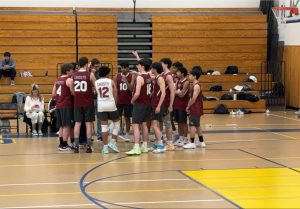

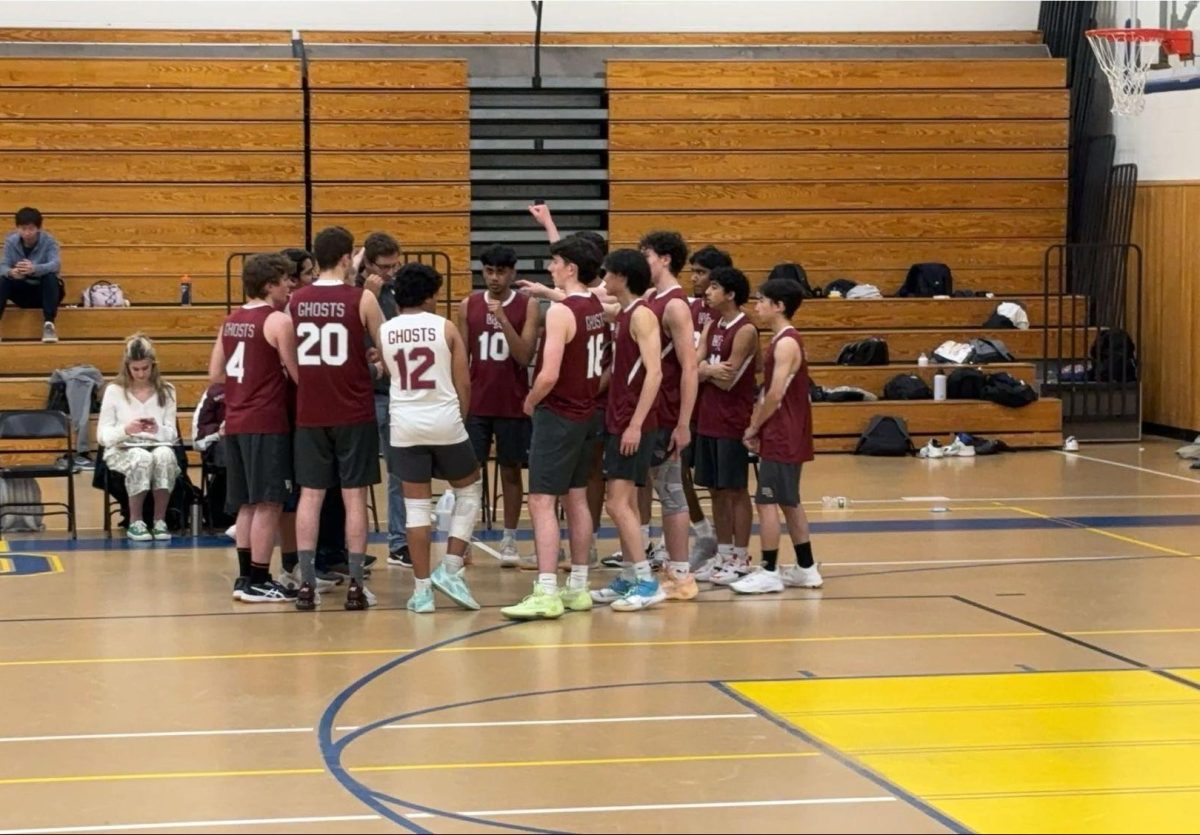
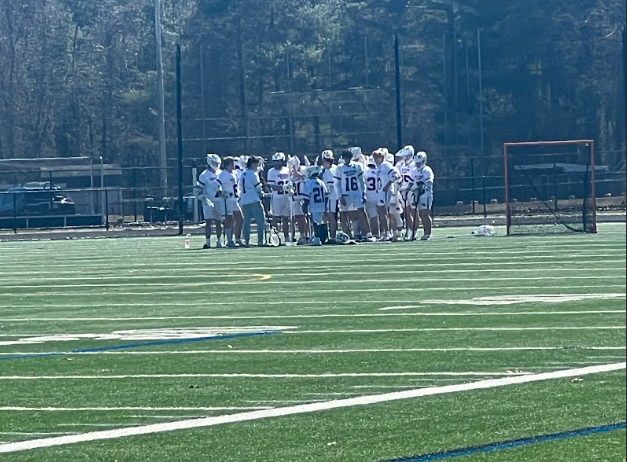
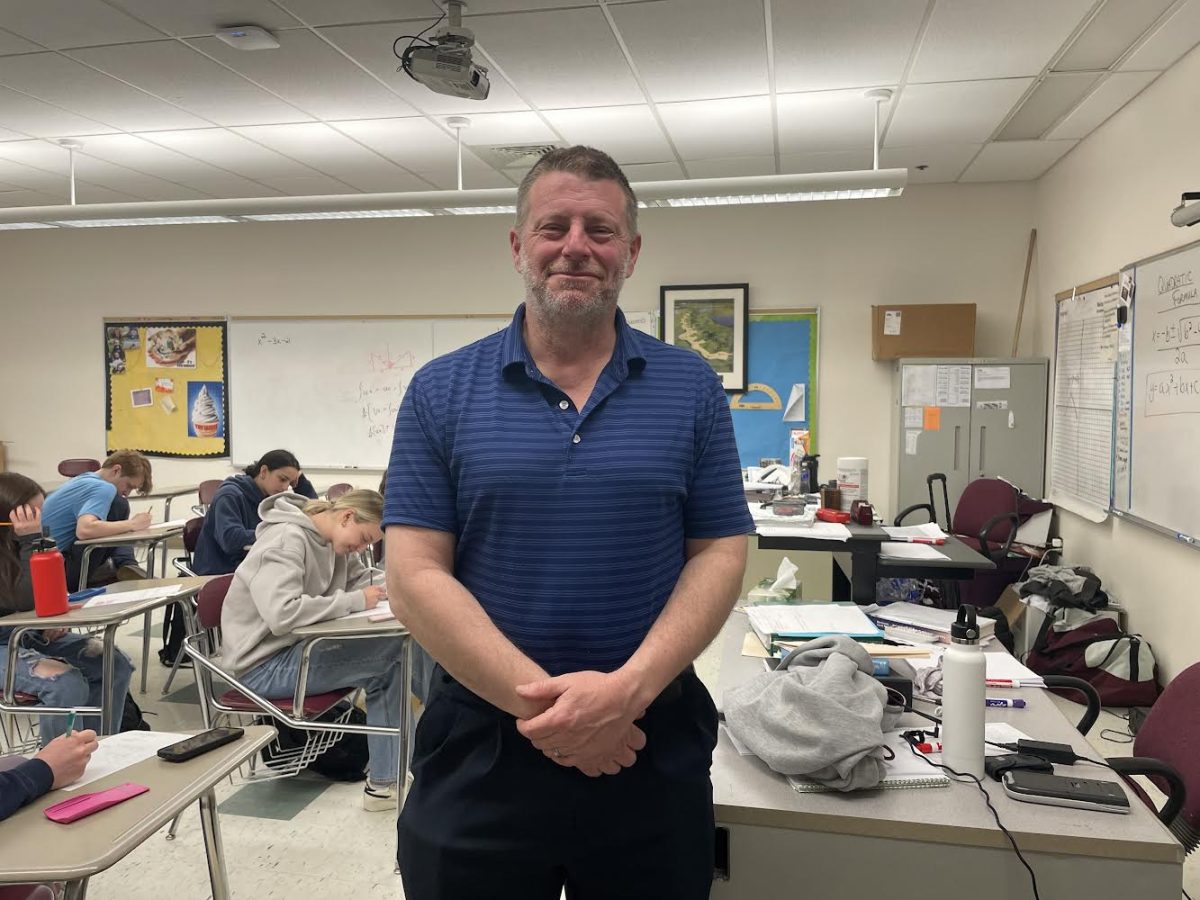
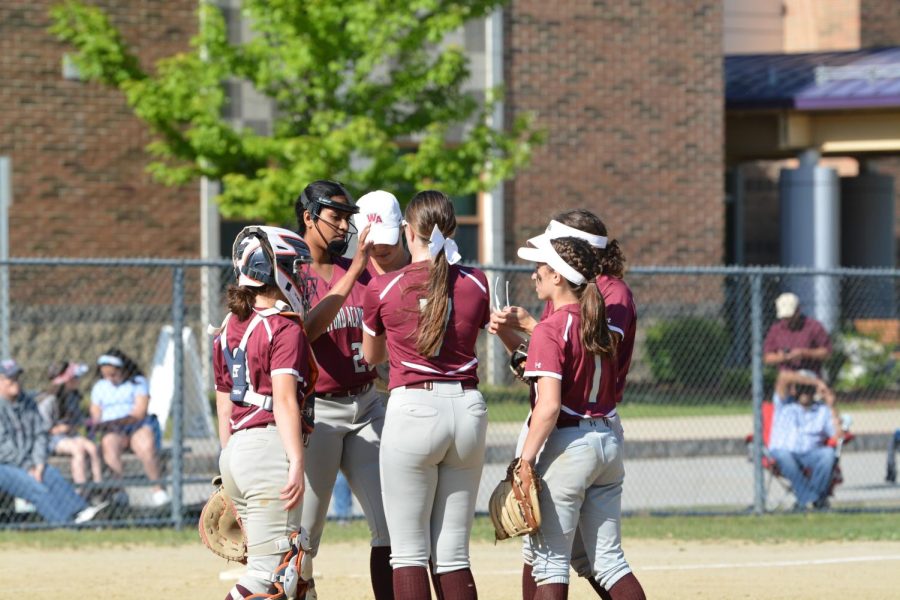
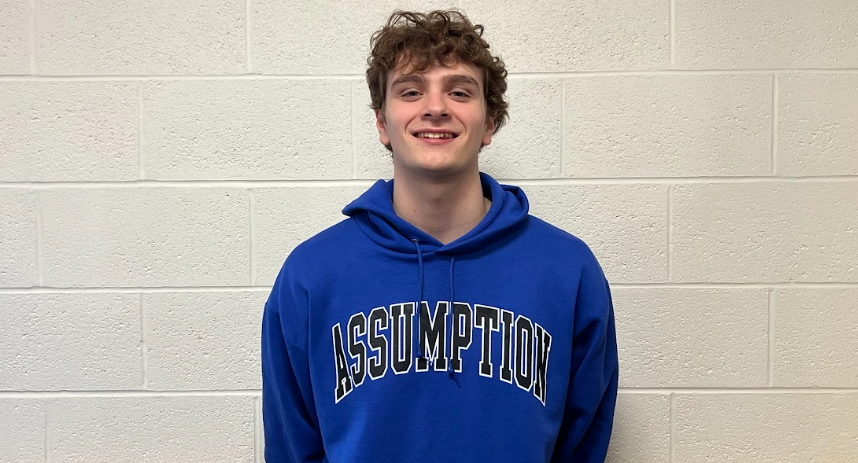

Maria Hrafn • Jan 26, 2010 at 1:13 am
Great site! I absolutely LOVE the content on here. Be sure to keep up the good work and update regularly, I will check back quite often. Very informative!